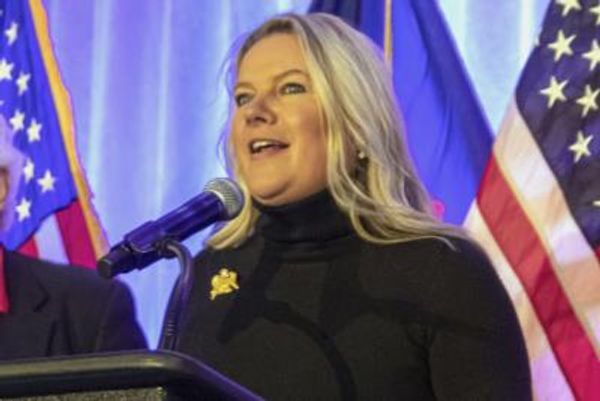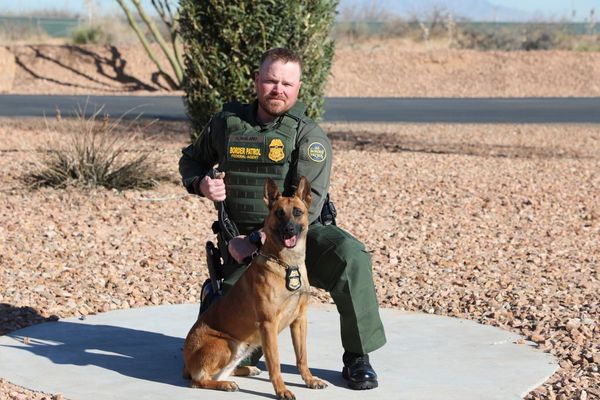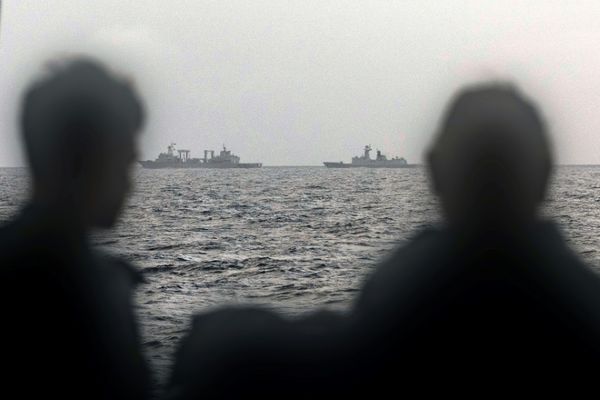Living in a village where three creeks converge, Annie Kia knows all too well the deafening silence a record-breaking flood can bring.
When northern New South Wales was hit with catastrophic flooding in February, she was one of tens of thousands of residents who were left without any form of communication as critical land-based infrastructure was damaged.
In The Channon, about 15 kilometres north of Lismore, swollen rivers inundated roads, trapping residents without mobile phone, internet or even landline services.
"We were trying to look after hundreds of people who were trapped up roads with no way of getting out, without food, without medication, without fuel," Ms Kia said.
"We realised that without a means of communicating during disasters, you're up against it."
Since then, Ms Kia has been instrumental in helping her community set up a CB radio network as a failsafe form of communication during disasters.
There are now an estimated 70 residents with CB radios who could tune in to The Channon's "base station", sending and receiving vital information.
The base station could then send and receive information outside the community through a more powerful radio — combined with radio booster towers, or satellite.
The set-up is small enough to operate out of Martha-Jane Beasley's spare room, which was decked out with pen and paper, maps and a whiteboard.
"What we're trying to set up is a central place where we can log calls — who's OK, who's not, who needs help," she said.
A project is also underway to collect and pass on crucial rain and river data, so communities downstream know what's coming, if automated gauges failed like they did in February.
"It's really beautiful to be able to use an old technology that we know to be failsafe for these emergencies which are coming faster and hitting with more ferocity," Ms Kia said.
Communities going back to basics
Radio expert John Miller is helping about 20 communities across the Northern Rivers set up their own radio networks as a failsafe form of communication during future disasters.
He said the issue with almost all modern telecommunications systems, including mobile phones and internet, was that they relied on land-based infrastructure networks that could lose power or be damaged in fires and floods.
"We had to come up with a solution where the infrastructure is basically in your hand," he said.
"When it's down to that level, there's not much that can go wrong."
Mr Miller said radio also had the benefit of being a "one to many'" form of communication.
"You can be listening and still be gathering information from what others are talking about, on that particular channel," he said.
Residents in Rappville, a community hit hard by fire and floods, have been quick to embrace the idea.
Nathan Godfrey said communication lines were lost during the disasters and an alternative network was desperately needed.
"A lot of people, when they couldn't communicate, they panicked," he said.
"It's a lot more reassuring [knowing] that we'll be able to actually communicate out, get some assistance because the radios can also repeat all the way into Casino to the SES or the RFS if needed."
The recent bushfire royal commission and flood inquiries have all recommended improvements to communication networks during natural disasters.
Another inquiry is currently underway by consumer watchdog the Australian Competition and Consumer Commission into regional mobile infrastructure and the feasibility of providing mobile roaming during emergencies.







